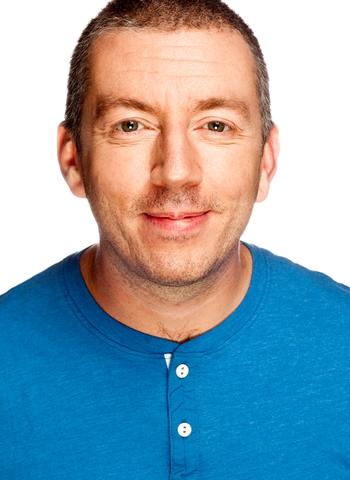
Having worked for many years as a software engineer in the video games industry I became fascinated by the potential for mathematics to represent and model phenomena in the real world. In particular, it was somewhat of an epiphany to me to realize that you can model sound propagation using wave mechanics and that you can represent the solutions to these models using so-called “waveguide” digital signal processing. This deep insight has led me to explore in depth the marriage of concrete, practical digital computer modelling with the mathematical abstraction. This sparked an insatiable curiosity that led me to study for an applied mathematics degree at the Open University, which then led on to a D.Phil. in applied maths at Oxford, through a Wellcome Trust Fellowship at MIT and into my current position as a faculty member at Aston University. This is one of the defining themes of both my research and my teaching: how mathematics allows us to represent, model, capture, predict, simulate and ultimately control the real world, for our human benefit. A very particular focus of mine has been how to use mathematics to capture and represent human disease processes, and has led me to construct mathematical models of the symptoms of diseases such as Parkinson’s, and use these to try to design technologies to provide objective quantification of the disease. This matters, because the more, realistic data we have on a disease, the better we can work out how to treat it. In other words, in medicine, objective measurement and prediction – mathematics – underpins all scientific achievements eventually.
